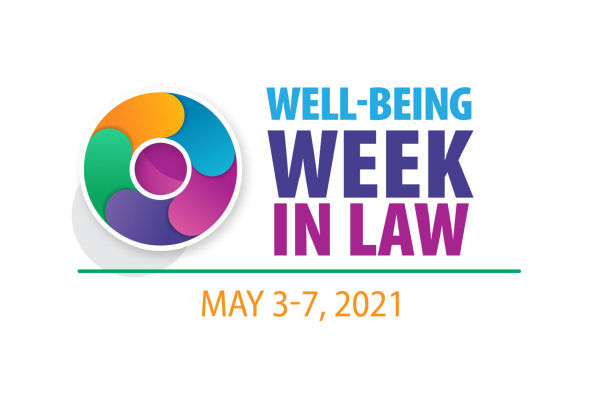“People systematically overlook subtractive changes,” according to a paper recently published in Nature, suggesting that we can improve our problem-solving by focusing on removing elements.
Problem-solving skills are critical across the board, and particularly for those who do legal work. Solving problems roughly breaks down into the following steps: defining the problem (and causes), generating alternative solutions, evaluating and choosing a solution, and implementing and monitoring the solution. All steps are critical, and the ability to generate sufficient alternative solutions can often be a linchpin for success.
As we generate alternative solutions, our brains favor additive solutions and tend to overlook solutions that require removing elements or features of the problem, according to findings published this month in Nature. Benjamin Converse, a social psychologist at the University of Virginia and a coauthor of the study, clarified the challenge in a recent Scientific American article:
“Subtractive solutions are not necessarily harder to consider, but they take more effort to find.”
What steps can we take to find subtractive solutions? The only guidance we have from the research is simply to look for them. As we consider applying this strategy to problems, whether in substantive legal work, practice management, or any other area, we might find some types of problems seem to lend better to subtractive solutions, and we might be able to build a habit of seeking them. For now, it’s worth taking the time to brainstorm specifically about elements of any problem we might be able to remove. Again from Scientific American’s article:
“The hope is that, just by getting people to think about this more, that maybe it will help inspire some other neglected subtractions,” Converse says.
And for complex problems, other research has shown that a happy, relaxed mental state is optimal for creative insight. To compound benefits, we might want to consider taking a break before pondering subtractive solutions.
Related Resources
How to Deal with Any Problem: Problem-Focused v. Emotion-Focused Coping (LCL MA Blog)
Models for Lawyers to Use for Problem-Solving and Better Conversations (Mass LOMAP Blog)
Free & Confidential Consultations:
Lawyers, law students, and judges in Massachusetts can discuss concerns with a law practice advisor, licensed therapist, or both. Find more on scheduling here.




